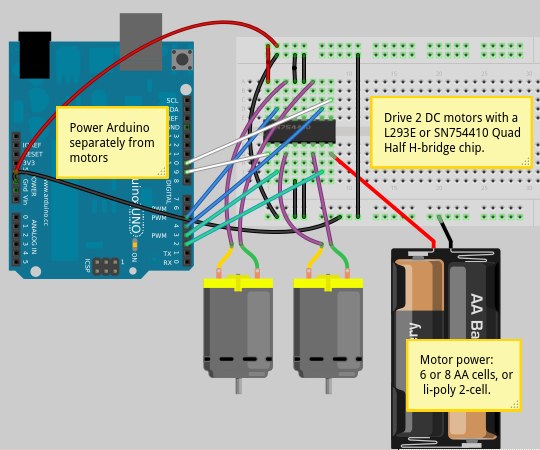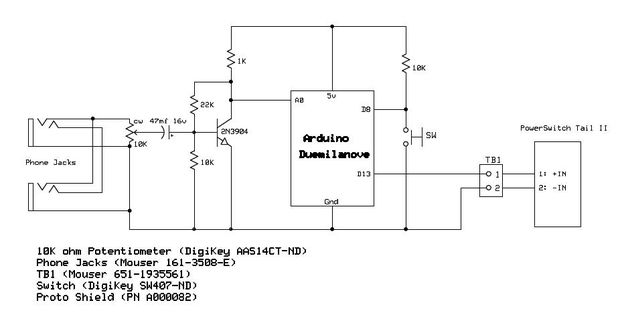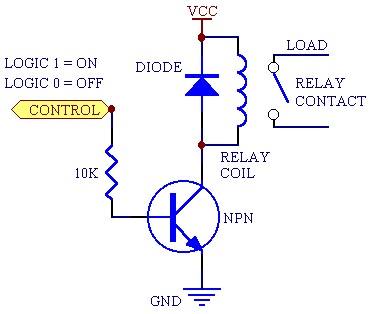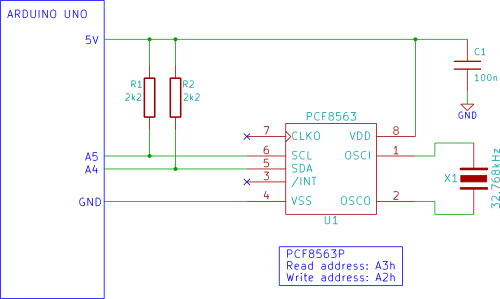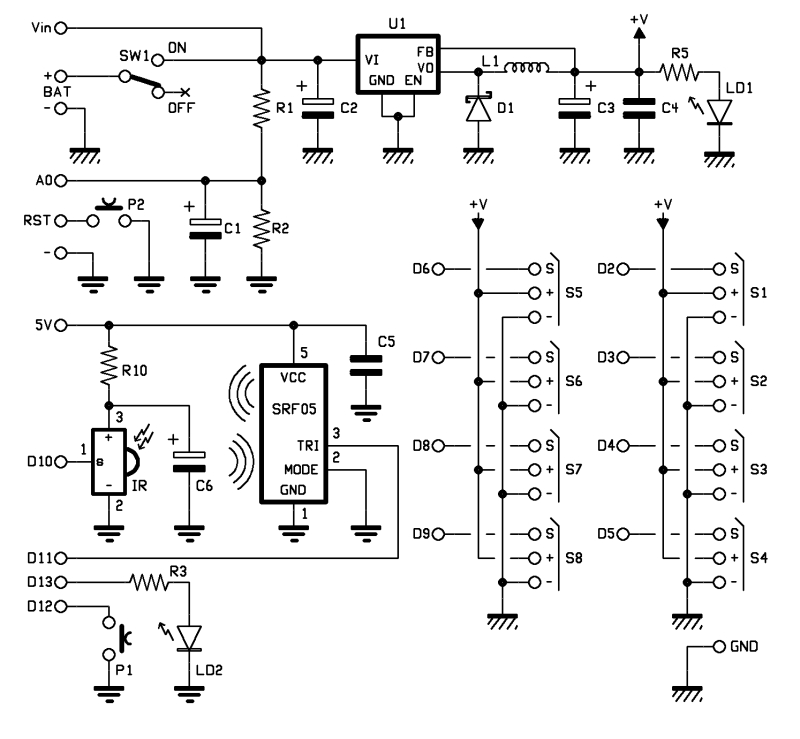
Voice Shield for Arduino
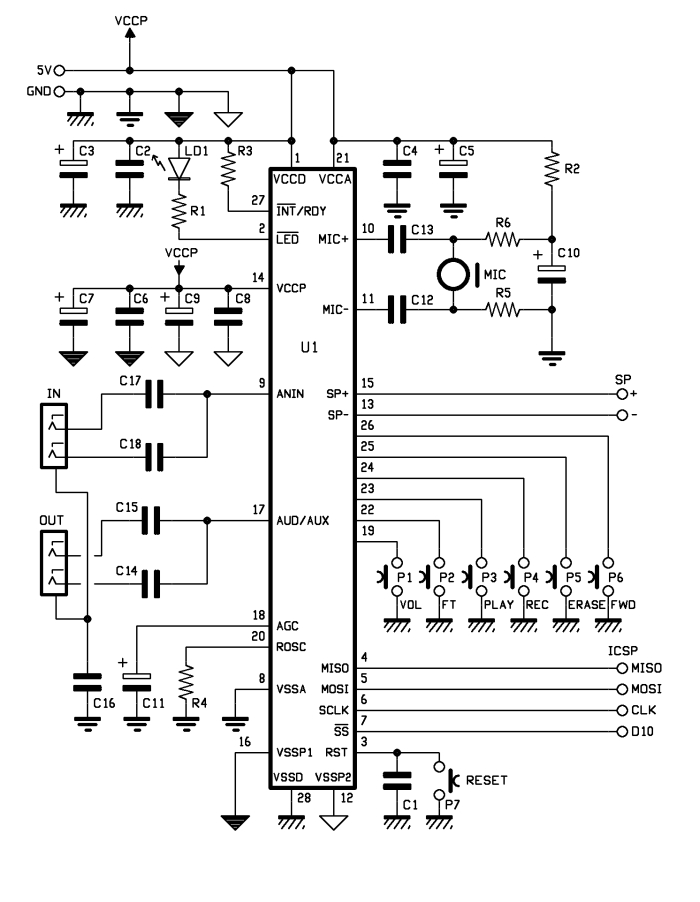
The aim of this project is to create an Arduino voice shield that facilitates numerous voice-related applications, primarily utilizing an integrated ISD1790PY chip. This voice and text-to-speech (TTS) functionality can be beneficial for integrating voice messages into alarm systems, implementing generic I/O controls for home automation, or enhancing home security applications. For example, it can play an alert when a person or vehicle approaches a designated protected area. The potential use cases are extensive and only limited by creativity. Although this shield can function independently, it is more effectively managed through an SPI interface, allowing it to connect with Arduino for speech synthesis control. The ISD1790PY features a microphone input with automatic gain control (AGC), an output for an 8-ohm speaker, and another analog output that can be configured to drive an external amplifier. It includes volume control features, anti-aliasing, and smoothing filters, as well as a voice alert (vAlert) function to indicate the availability of new messages in memory. The ISD1790PY also provides four sound effects to confirm operations such as start recording, stop recording, delete, forward, and memory reset. Along with the vAlert, these effects are played from the AUD/AUX output. The speaker output is amplified by a built-in power bridge stage, with power sources separated for the analog section (microphone input with AGC, analog unamplified output) and the digital section (sampler, memory), powered through the Vccp and Vssp1/Vssp2 pins. The FWD function allows users to navigate through multiple messages stored in memory; for instance, pressing P5 deletes only subsequent messages. If five messages are recorded and FWD is pressed to jump to the third, pressing ERASE will delete the memory from that point until the beginning of the fourth message. The ISD1790PY can either record the entire memory or partition it into sections defined by specific addresses; addressing is executed through SPI by adding the desired address to the command. Manual control buttons are utilized, particularly the P4 button, which initiates recording upon pressing and stops it upon release. When memory is empty, pressing REC starts recording, and releasing it stops the recording, marking the corresponding memory location. This marker is used during playback as EOM (End Of Message). Playback begins from the last EOM marker and stops at the next one. Message logging occurs directly via a microphone capsule (MIC) connected to the appropriate differential input (MIC+ & MIC-) of U1 through two decoupling capacitors from the bias network and ground, polarized by the R2, R6, R5 network. The audio input line, facilitated by a female stereo jack, allows recording from external sources, with the L and R contacts ending on the same U1 pin through capacitors C17 and C18. The recording duration is determined by the clock frequency of the ISD1790PY's internal oscillator, with the sampling frequency defined by the value of resistor R4, set to 8 kHz. The entire shield draws power from the Arduino's 5V and GND pins. The three power lines (analog, digital, and power) are interconnected to the Arduino's 5V, located near the filter capacitors. The three grounds (analog, digital, and loudspeaker amplifier) are represented with distinct symbols on the circuit diagram and are joined after filtration by capacitors C4 and C5 (analog), C2 and C3 (digital), and C6, C7, C8, C9 (power), ultimately connecting to the Arduino GND pin.
The implementation of the Arduino voice shield involves a careful design that integrates various components for optimal performance. The ISD1790PY chip serves as the core of the system, handling both recording and playback functionalities. The microphone input is crucial for capturing audio, and the AGC ensures that audio levels are consistent, improving the quality of recordings. The output stages are designed to drive an 8-ohm speaker effectively, with the power bridge stage providing sufficient amplification while maintaining isolation between the digital and analog circuits.
The SPI interface simplifies communication between the Arduino and the ISD1790PY, allowing for precise control over the speech synthesis process. This includes the ability to navigate through recorded messages and manage memory efficiently. The use of manual control buttons enhances user interaction, providing a straightforward method for initiating recordings and playback. The design also accommodates external audio input, broadening the application potential of the shield.
Power management is a critical aspect of the design, with separate power lines for analog and digital sections to minimize noise and interference. The careful selection of filter capacitors ensures that the power supply is stable, contributing to the overall reliability of the device. The implementation of distinct ground paths for different sections of the circuit further aids in reducing noise, enhancing the performance of both the recording and playback functions.
In summary, the Arduino voice shield utilizing the ISD1790PY chip is a versatile platform for developing various voice-related applications. Its design emphasizes ease of use, flexibility, and high-quality audio processing capabilities, making it a valuable tool for hobbyists and professionals alike in the realm of audio electronics.The objective of this project is to build an Arduino voice shield to empower thousands of voice related applications! All this mostly thanks to an integrated ISD1790PY chip. This particular voice/ TTS feature can be useful to integrate voice messages in alarm systems, to implement generic I/O controls in home automation or even in home security ap
plications: something like playing an alert when a person or a vehicle approaches any given protected area. The use cases are many and limited only by your imagination! While this shield can operate stand-alone, it can be better managed through and SPI interface: by connecting this with Arduino it can take control of the speech synthesis.
The ISD1790PY sports a microphone input with automatic gain control (AGC), an output for 8 ohms speaker and another analog output that can be configured to drive an external amplifier. Volume control features as well as anti-aliasing and smoothing filter are provided and the vAlert (voiceAlert) function is used to indicate a new message is available in memory ISD1790PY provides aso four sound effects to confirm operations such as start recording, stop recording, delete, forward and memory reset, along with vAlert, the effects are played from the AUD / AUX output.
The speaker output is amplified by a built-in power bridge stage, whose power is separated from those of both the analog section (microphone input with AGC, analog not amplified output) and digital section (sampler, memory) and is taken from the Vccp and Vssp1/Vssp2 pins. FWD allows if memory contains several messages to jump from one to another (in this case, pressing P5 deletes only following messages: in other words, if we have recorded 5 messages and we press FWD to move to the third one, by pressing ERASE we`ll delete the memory area from that point until the beginning of the fourth message, which means the third track) While ISD1790PY allows both recording the entire memory or divide the space into partitions (each defined by a specific address), addressing can only be done by SPI by adding to the command to desired address.
With manual control buttons you have to handle the P4 button: recording starts by pressing the button: it stops releasing it. Imagine that memory is empty: pressing REC I can start recording, releasing it, recording stops and ISD1790PY adds a marker in the corresponding memory location.
This marker will then be used when playing as EOM = End Of Message. When hitting the PLAY button, reading starts from the last EOM marker and stops at the next. Message logging is carried out directly with a microphone capsule (MIC) connected to the appropriate U1`s differential input (MIC+ & MIC-) via the two decoupling capacitors (from bias network and by ground), polarized by the R2, R6, R5 network. The IN audio line (that`s why a female stereo jack has been realized, whose L and R contacts end on the same U1 pin thanks to C17 and C18 capacitors) can be useful if you want to record from an external source.
Recording time is determined by the clock frequency of ISD1790PY internal oscillator, which marks the sampling; such sampling frequency is defined by the value of the R4 resistor, in this case is 8 kHz. The entire shield takes the power supply from Arduino 5V and GND pins. The three power lines (analog, digital, power) are cross-linked to Arduino`s 5V, close to the filter capacitors.
The three grounds (one for the analog section, one for the digital and one for the loudspeaker amplifier) are indicated with different symbols on the circuit diagram and joined after the filtration operated by capacitors C4 and C5 (analog), C2 and C3 (digital) and C6, C7, C8, C9 (power). Together they are joined to the pin that leads to the Arduino GND. #include ISD1700 chip(10); // Initialize chipcorder with // SS at Arduino`s digital pin 10 int apc=0; int vol=0; //volume 0=MAX, 7=min int startAddr=0x10; int endAddr =0x2D
🔗 External reference
The implementation of the Arduino voice shield involves a careful design that integrates various components for optimal performance. The ISD1790PY chip serves as the core of the system, handling both recording and playback functionalities. The microphone input is crucial for capturing audio, and the AGC ensures that audio levels are consistent, improving the quality of recordings. The output stages are designed to drive an 8-ohm speaker effectively, with the power bridge stage providing sufficient amplification while maintaining isolation between the digital and analog circuits.
The SPI interface simplifies communication between the Arduino and the ISD1790PY, allowing for precise control over the speech synthesis process. This includes the ability to navigate through recorded messages and manage memory efficiently. The use of manual control buttons enhances user interaction, providing a straightforward method for initiating recordings and playback. The design also accommodates external audio input, broadening the application potential of the shield.
Power management is a critical aspect of the design, with separate power lines for analog and digital sections to minimize noise and interference. The careful selection of filter capacitors ensures that the power supply is stable, contributing to the overall reliability of the device. The implementation of distinct ground paths for different sections of the circuit further aids in reducing noise, enhancing the performance of both the recording and playback functions.
In summary, the Arduino voice shield utilizing the ISD1790PY chip is a versatile platform for developing various voice-related applications. Its design emphasizes ease of use, flexibility, and high-quality audio processing capabilities, making it a valuable tool for hobbyists and professionals alike in the realm of audio electronics.The objective of this project is to build an Arduino voice shield to empower thousands of voice related applications! All this mostly thanks to an integrated ISD1790PY chip. This particular voice/ TTS feature can be useful to integrate voice messages in alarm systems, to implement generic I/O controls in home automation or even in home security ap
plications: something like playing an alert when a person or a vehicle approaches any given protected area. The use cases are many and limited only by your imagination! While this shield can operate stand-alone, it can be better managed through and SPI interface: by connecting this with Arduino it can take control of the speech synthesis.
The ISD1790PY sports a microphone input with automatic gain control (AGC), an output for 8 ohms speaker and another analog output that can be configured to drive an external amplifier. Volume control features as well as anti-aliasing and smoothing filter are provided and the vAlert (voiceAlert) function is used to indicate a new message is available in memory ISD1790PY provides aso four sound effects to confirm operations such as start recording, stop recording, delete, forward and memory reset, along with vAlert, the effects are played from the AUD / AUX output.
The speaker output is amplified by a built-in power bridge stage, whose power is separated from those of both the analog section (microphone input with AGC, analog not amplified output) and digital section (sampler, memory) and is taken from the Vccp and Vssp1/Vssp2 pins. FWD allows if memory contains several messages to jump from one to another (in this case, pressing P5 deletes only following messages: in other words, if we have recorded 5 messages and we press FWD to move to the third one, by pressing ERASE we`ll delete the memory area from that point until the beginning of the fourth message, which means the third track) While ISD1790PY allows both recording the entire memory or divide the space into partitions (each defined by a specific address), addressing can only be done by SPI by adding to the command to desired address.
With manual control buttons you have to handle the P4 button: recording starts by pressing the button: it stops releasing it. Imagine that memory is empty: pressing REC I can start recording, releasing it, recording stops and ISD1790PY adds a marker in the corresponding memory location.
This marker will then be used when playing as EOM = End Of Message. When hitting the PLAY button, reading starts from the last EOM marker and stops at the next. Message logging is carried out directly with a microphone capsule (MIC) connected to the appropriate U1`s differential input (MIC+ & MIC-) via the two decoupling capacitors (from bias network and by ground), polarized by the R2, R6, R5 network. The IN audio line (that`s why a female stereo jack has been realized, whose L and R contacts end on the same U1 pin thanks to C17 and C18 capacitors) can be useful if you want to record from an external source.
Recording time is determined by the clock frequency of ISD1790PY internal oscillator, which marks the sampling; such sampling frequency is defined by the value of the R4 resistor, in this case is 8 kHz. The entire shield takes the power supply from Arduino 5V and GND pins. The three power lines (analog, digital, power) are cross-linked to Arduino`s 5V, close to the filter capacitors.
The three grounds (one for the analog section, one for the digital and one for the loudspeaker amplifier) are indicated with different symbols on the circuit diagram and joined after the filtration operated by capacitors C4 and C5 (analog), C2 and C3 (digital) and C6, C7, C8, C9 (power). Together they are joined to the pin that leads to the Arduino GND. #include
🔗 External reference
